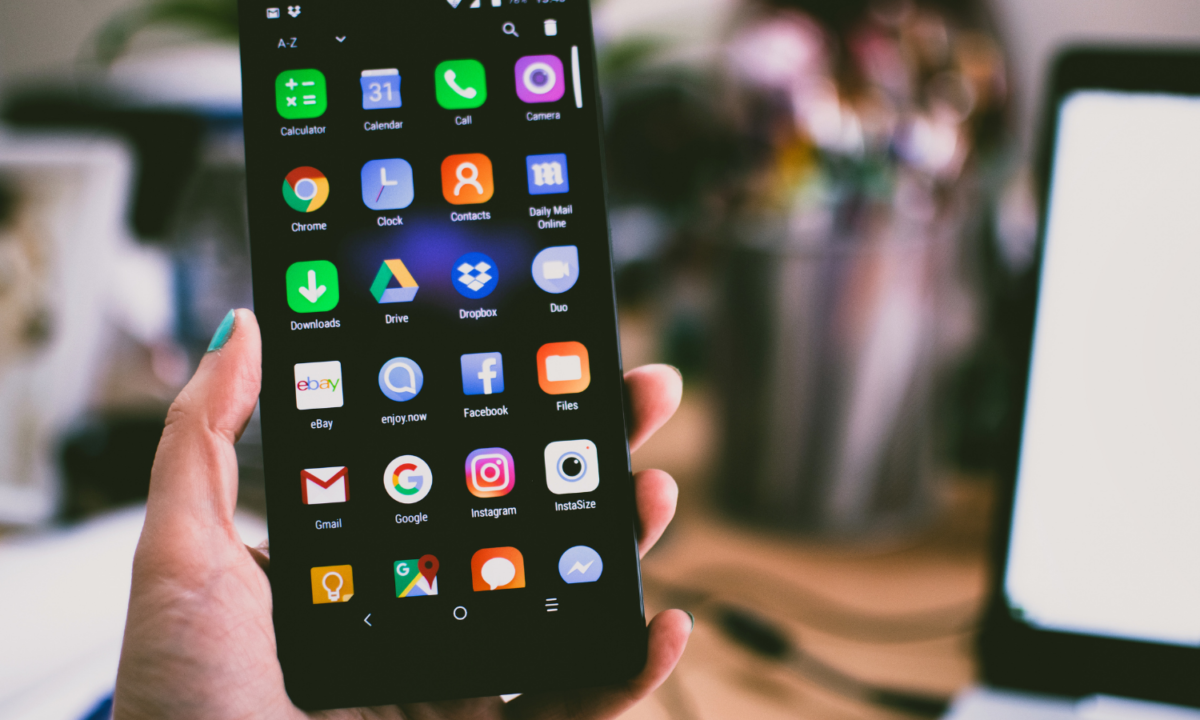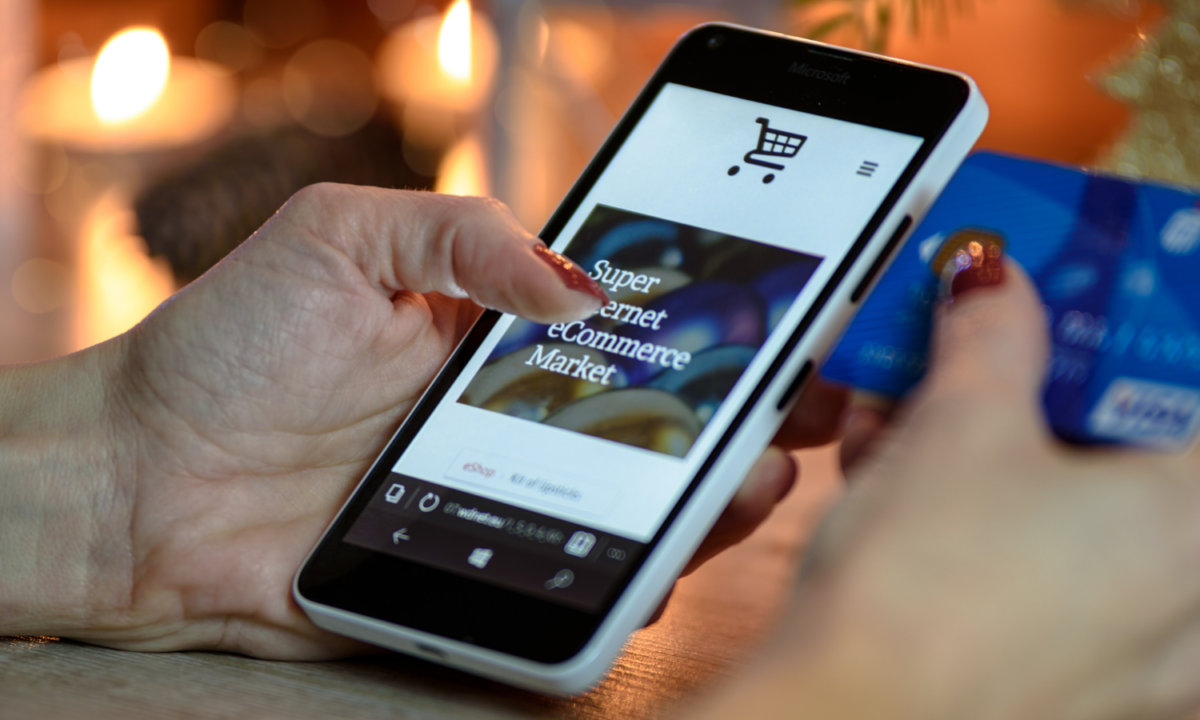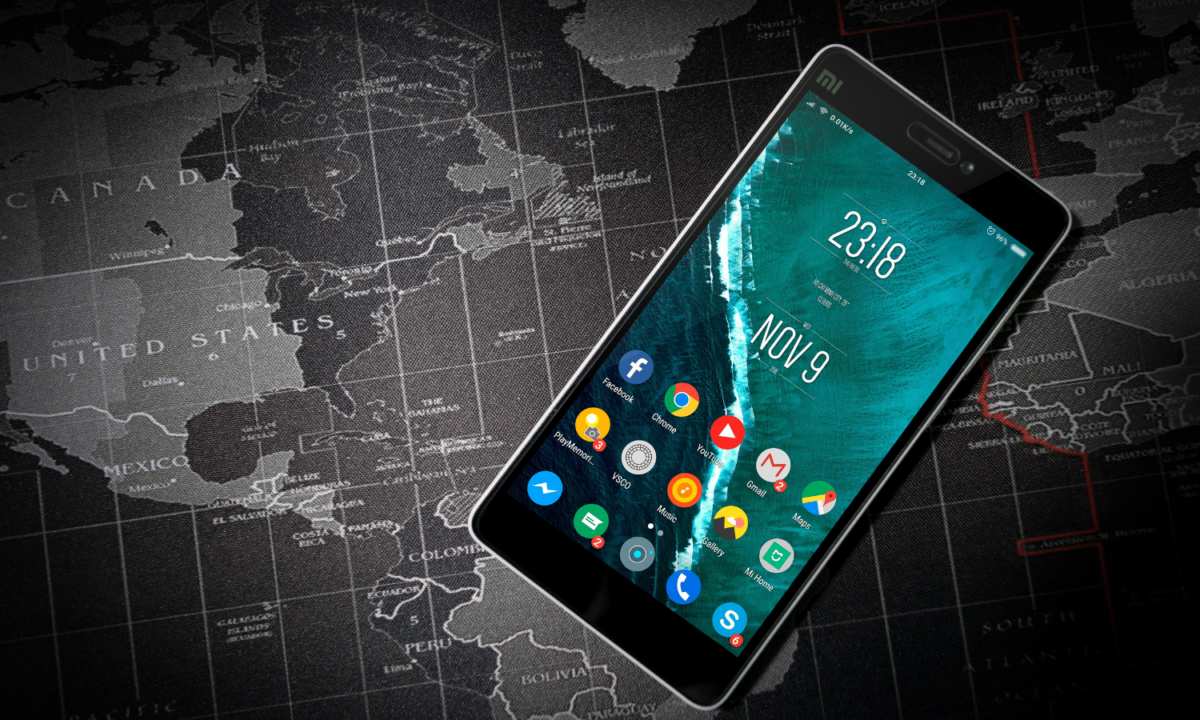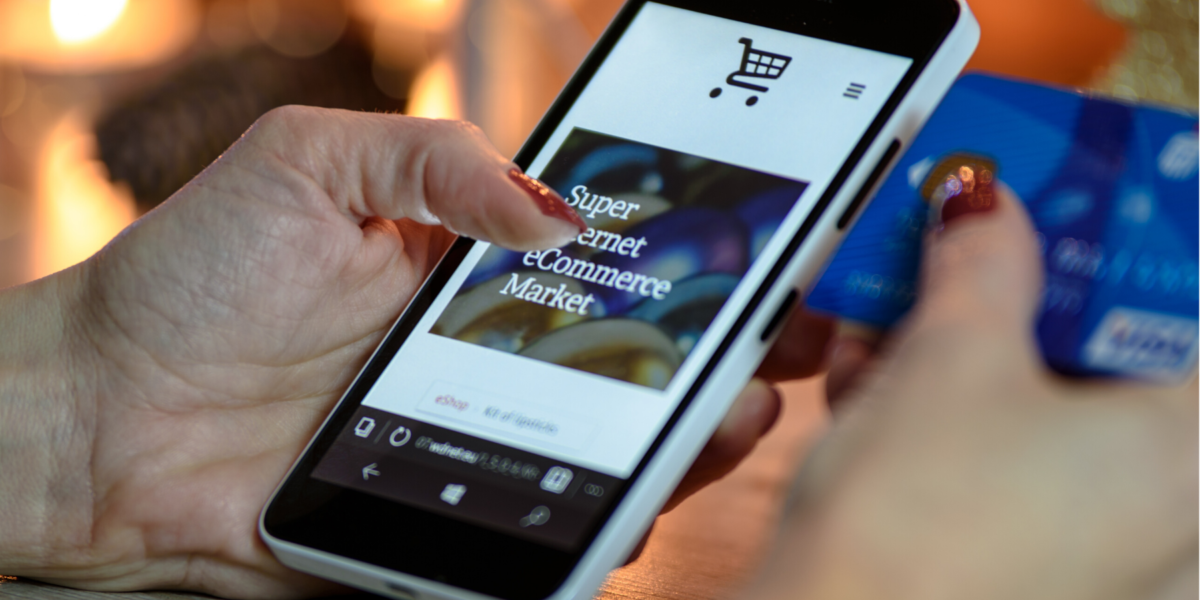This year, we attended the 2021 Consumer Electronics Show – virtually. The largest showcase of technology in the world was condensed into a Zoom-like event. But the impact of CES was as high as ever, illustrating not only the impact of technology on business and consumers alike, but also the way the COVID-19 pandemic has accelerated trends every business needs to take note of.
During their annual presentation on tech trends, CTA economists shared data on how consumers and businesses adopted new technology at a rate unseen before. While each of these listed below were in growth mode, the fact that the eCommerce trend accelerated what was expected in the next ten years in eight weeks tells the story.
And it also serves notice to all business owners that if they don’t adapt to new technology ASAP, they risk being left behind.

As you can see, this isn’t so much a change as just a massive acceleration of things that have been happening for years.
Many small businesses have responded. A survey from OnePoll of 1,000 small business owners found that close to one-third (31%) said embracing new technologies helped their business during the pandemic, and one-quarter (25%) said the pandemic accelerated their adoption of new technologies. And this covers customer interaction as well as enabling work from home and eCommerce.
Throughout CES, it was clear none of this is a fad, but a permanent shift in the way businesses interact with their customers, even after the pandemic disappears. New habits and expectations are being formed right now. If your business has been considering investing in new technology, the time is now to invest.



















